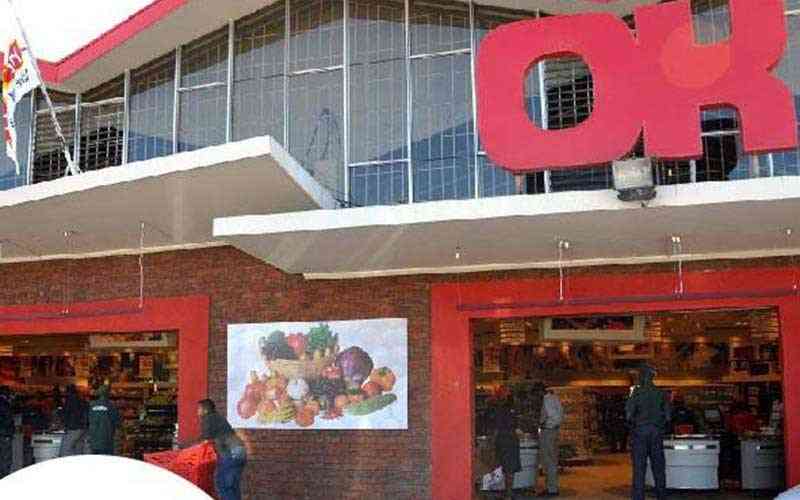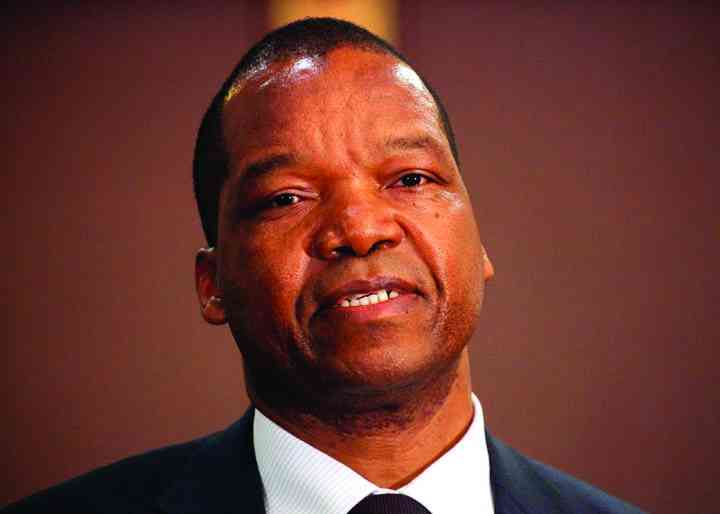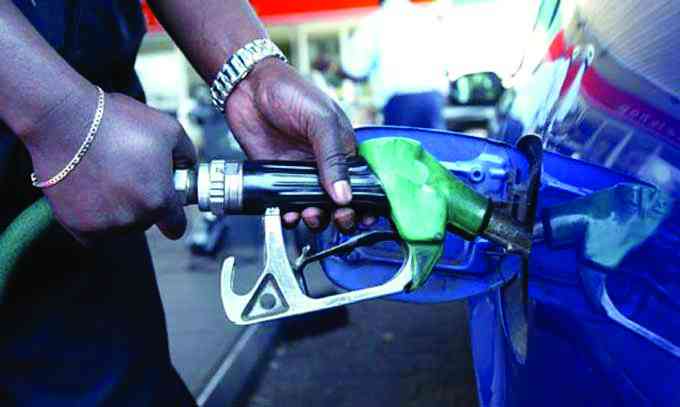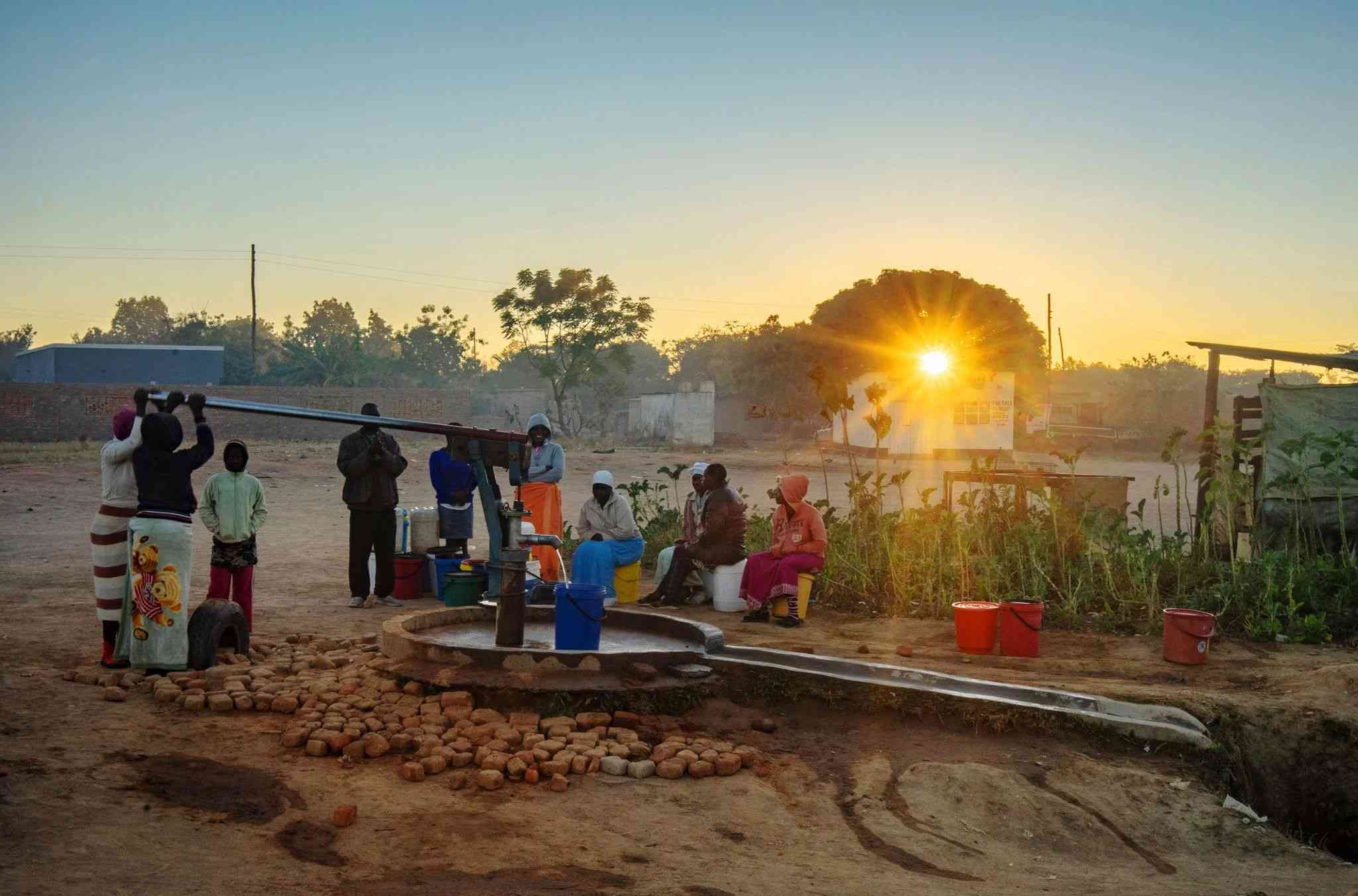
A stable local currency is seen as a boon for retail group, OK Zimbabwe, while its expanding footprint will drive more sales volumes, according to a leading research firm, Morgan & Co.
However, the firm highlighted that the retailer’s low United States dollar sales were leaving it exposed to informal retailers.
In its analysis of the retailer's financial year results for the year ended March 31, 2024, Morgan & Co said the operating landscape remains skewed in favour of informal players who have relatively less overheads and higher foreign currency inflows.
"However, we expect sales to volumes to recover on the back of a stable currency coupled with an increase in customer count supported by the group's expanding footprint," the research firm said.
"Nevertheless, we remain cognisant of the business' low USD (United States dollar) sales as a proportion of total revenues which stands as a key limitation to OK Zimbabwe's defence against market share loss from informal retailers."
Morgan & Co noted the formal retail sector remains uncompetitive because of imposed pricing inefficiencies that makes formal retail products relatively expensive compared to informal retailers.
"Further, tight monetary policies, constrained disposable incomes, taxes, and suppliers growing preference for the near-cash informal market have all added to the industry's challenges," it said.
"However, recent policy shifts in favour of formal retailers could drive sales back to the formal sector, albeit marginally. Further, the relatively stable currency introduced early into the year will come as a reprieve as it softens the group's persistent operating costs.
- EcoCash, OK Zimbabwe seal partnership
- Piggy’s Trading & Investing Tips: Corporate raiders on ZSE
- ‘ZSE-listed firms vulnerable to hostile takeovers’
- ‘ZSE-listed companies vulnerable to hostile takeovers’
Keep Reading
"We also note the continuous refurbishments and acquisitive growth as a way of maintaining sales volumes, but we opine that, without adequate USD sales, the OK Zimbabwe remains handicapped against informal retailers with less overheads and stronger a value-for-money proposition."
The organisation raised its financial year 2025 price target to US2,14c based on objective valuation approaches and a liquidity discount which reflects the bourse's low liquidity.
Though higher, the revised price target still indicated that OK Zimbabwe holds significant downside risk. As such, Morgan & Co maintained its sell recommendation.
"We pin a narrow exchange rate gap and an ease on monetary policy as key valuation triggers," it said.
OK Zimbabwe posted an inflation-adjusted revenue growth of 29,4% to ZW$12,4 trillion (US$562,2 million) in the financial year ended March 31, 2024 despite a 29,2% decline in sales volumes.
The decline in sales volumes emanated from tight policies and an inconducive environment that affected the competitiveness of formal retailers.
Operating costs surged because of expensive energy alternatives and costs pegged at runaway parallel market rates, resulting in a negative operating margin.
Further, finance costs remained higher than pre-COVID levels. However, a net monetary gain of ZW$4,0 billion (US$181 365) drove the group to an overall inflation-adjusted profit position with a profit after tax margin of 8%.
Total assets growth of 11% to ZW$4,5 trillion (US$204 million) was mainly driven by an increase in cash and cash equivalents. Net cash balances improved because of working capital changes and these were complemented by increased borrowings.
The group did not declare a final dividend.











